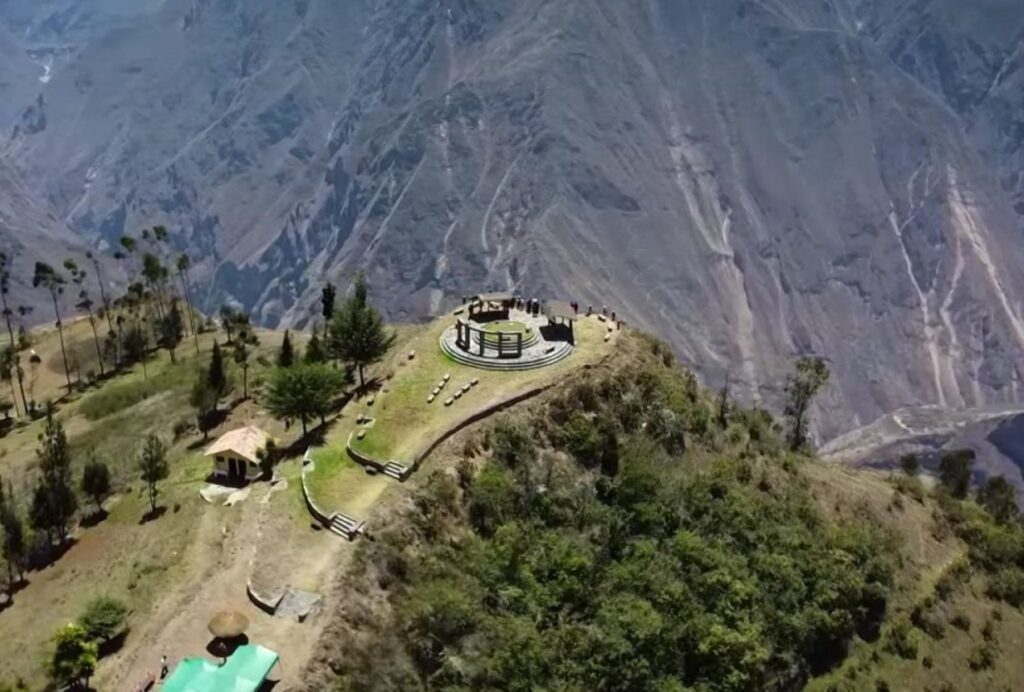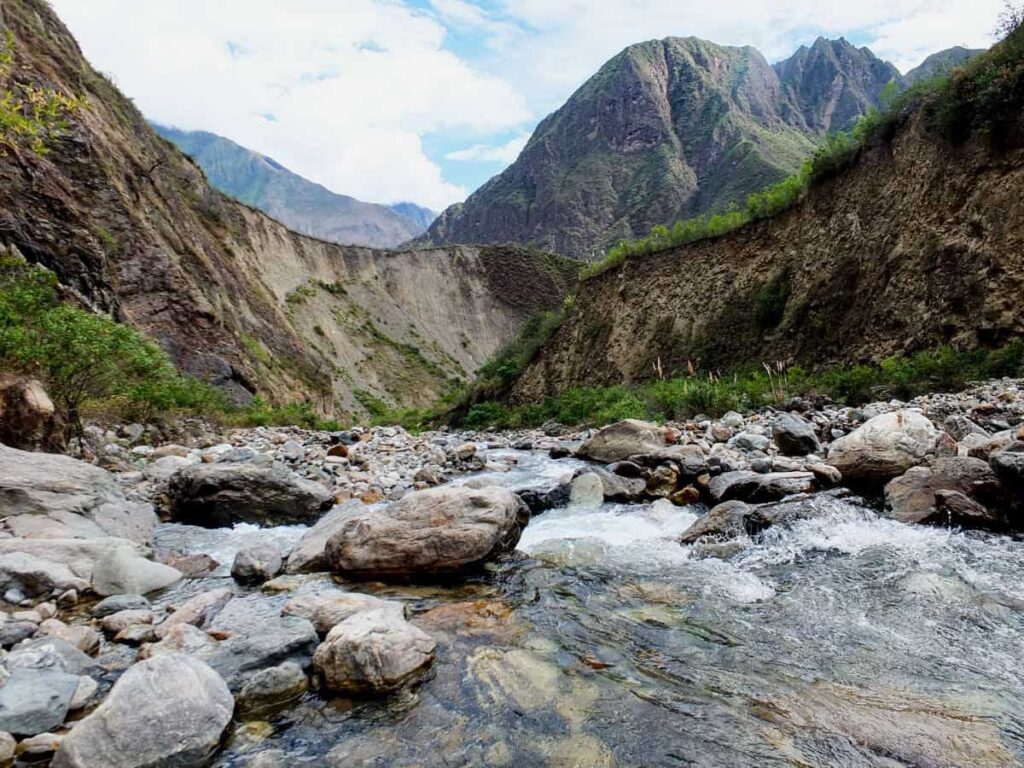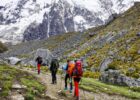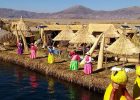If you’re someone who seeks different paths, away from the tourist crowds, the trail from Huanipaca to Choquequirao is waiting for you. This route is less known than the classic trail from Capuliyoc, but no less impressive. In fact, if you dare, you’ll discover greener landscapes, hidden rivers, waterfalls, and above all, communities deeply rooted in the mountains.
Here, silence is not empty: it’s filled with history, wise gazes, and footsteps that few have followed. Are you ready to walk this path with respect and curiosity?
Huanipaca: The Silent Starting Point
Your adventure begins in the district of Huanipaca, in the province of Abancay (Apurímac region), at around 3,150 meters above sea level. This Andean village is quiet, welcoming, and less frequented by tourists. From here, the trail to Choquequirao is longer but also greener, more forested, and richer in biodiversity.
Before setting out, you can meet local artisans, try a dish of cuy or pachamanca, and hear stories you won’t find in any history book.

San Ignacio: Between Greenery and Faith
One of the first important stops on this route is the community of San Ignacio, located near the Apurímac River. Unlike the arid landscape of the traditional trail, here the environment is more humid, with dense vegetation and diverse wildlife.
The locals cultivate coffee, bananas, papaya, and yucca, and many of them help maintain the trail to Choquequirao. They are friendly people, accustomed to life among hills and clouds. Some offer basic lodging or meals if requested in advance.

Tambobamba and Pacobamba: Quechua Heritage and Living Rurality
Further north, in the high ravines, lie the communities of Tambobamba and Pacobamba. Although not all travelers pass directly through them, many families from these areas come down to the trail to offer guiding services or logistical assistance.
Here, Quechua culture is alive and vibrant: the language is dominant, traditional clothing is worn with pride, and rituals to Pachamama are part of the agricultural calendar. If you pass through, listen more than you speak. They have much to teach you.
Rio Blanco and Santa Rosa: The Climb Begins
Near the Rio Blanco and heading towards the mountains, you’ll find people living scattered across small farms and hamlets. There are no large villages, but families who greet you warmly as you pass.
Some rest points are being improved by the communities themselves through small rural tourism projects. If you stay or eat at one of these places, you’ll be directly supporting their economy without intermediaries.

Marampata: The Crossroads
Whether you come from Capuliyoc or Huanipaca, your path eventually meets at Marampata, the last established community before reaching Choquequirao. From this high point, the archaeological complex appears in front of you, imposing and silent. Here there is more infrastructure, with rustic lodgings and camping spots.
Many of Marampata’s residents work both in agriculture and in assisting travelers. The community is organized and strives to maintain a balance between tourism and local life.

Important Tips for This Trail
- Estimated Duration: 3 to 4 days (one way) from Huanipaca to Choquequirao.
- Difficulty: High. It’s more challenging than the classic route due to humidity and steep climbs.
- Weather: More tropical and rainy. Bring waterproof clothing and non-slip shoes.
- Accommodation: Scarce. Plan ahead or bring all your camping gear.
- Local Interaction: Learn basic Quechua phrases. Be respectful of their culture and their time.




